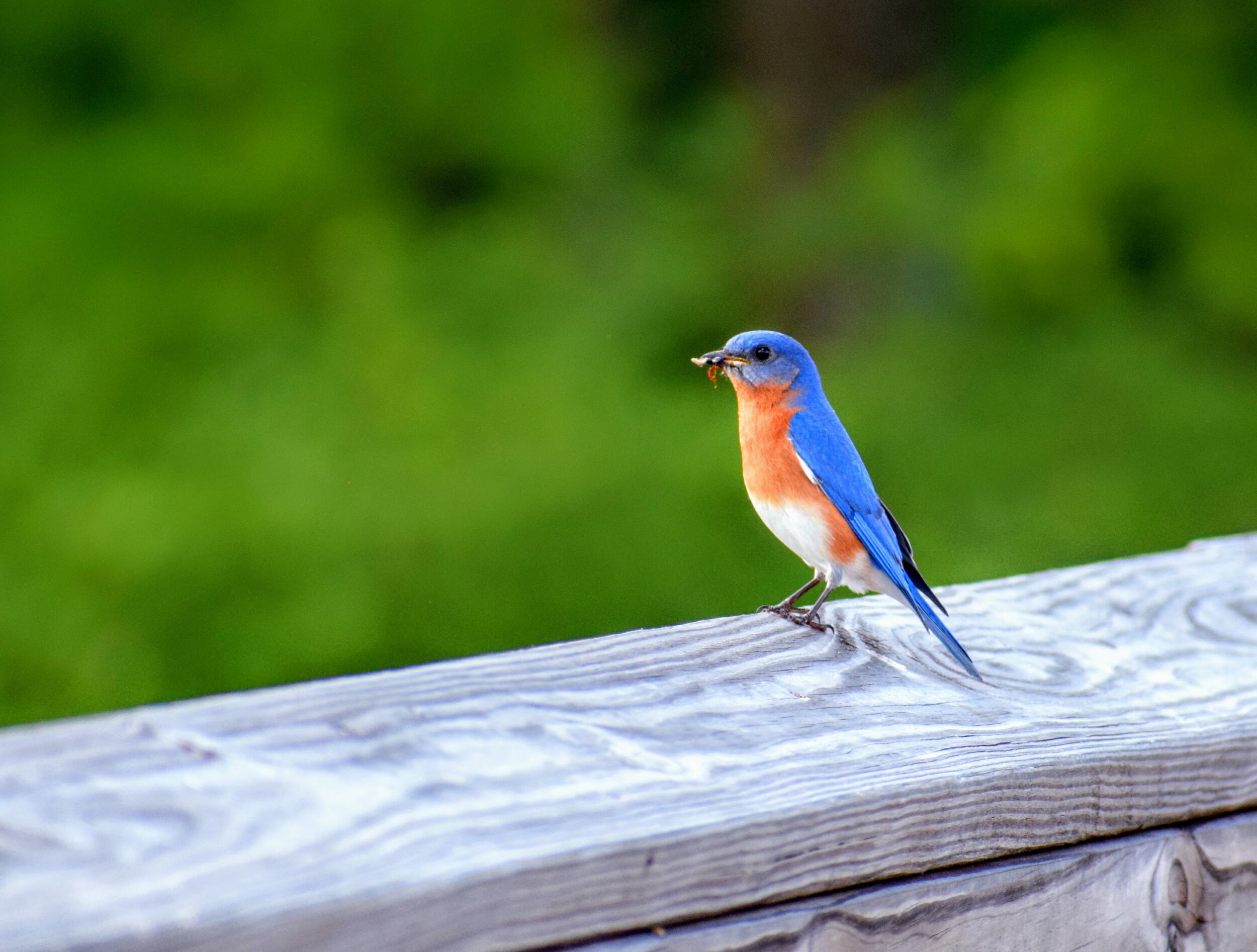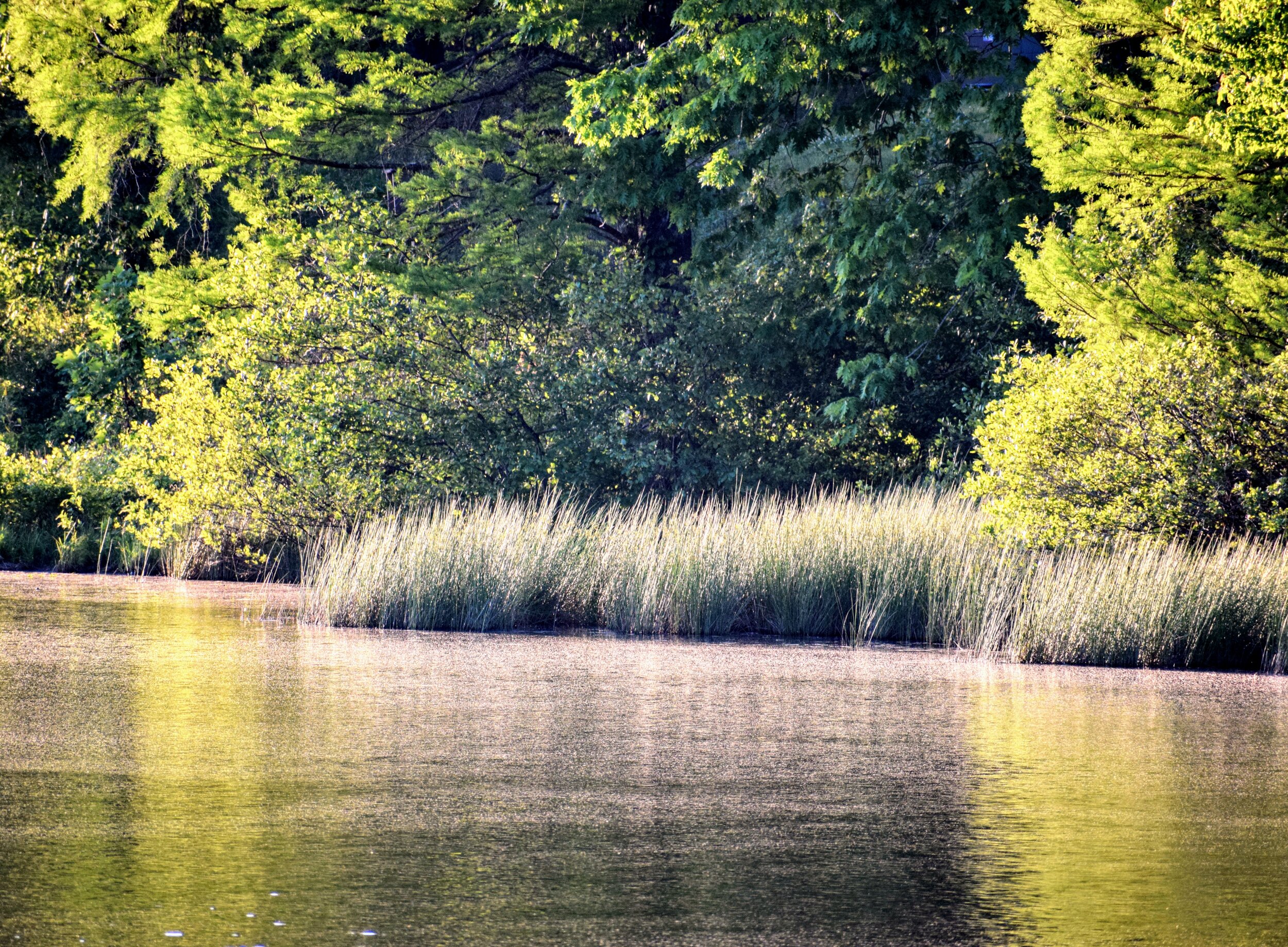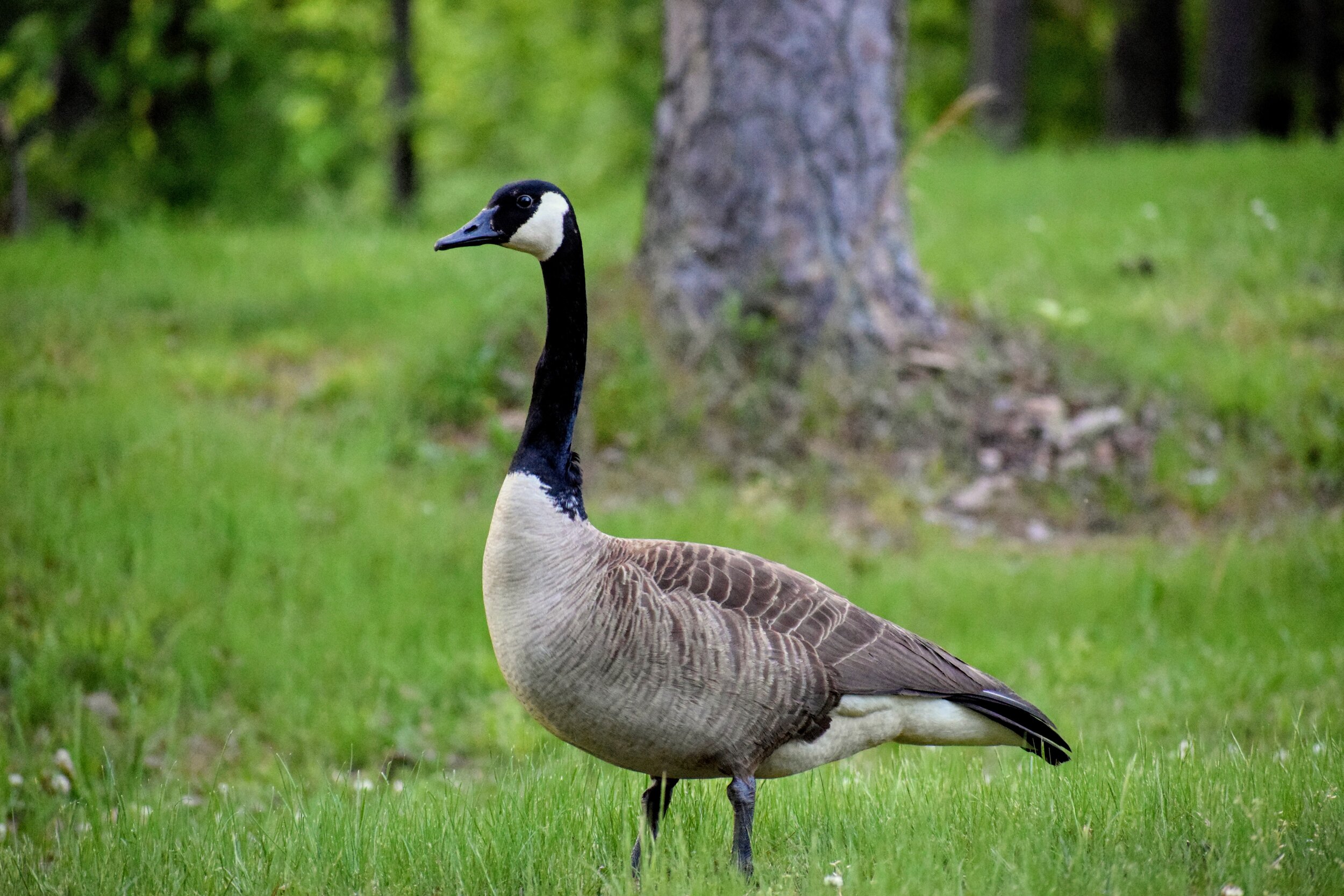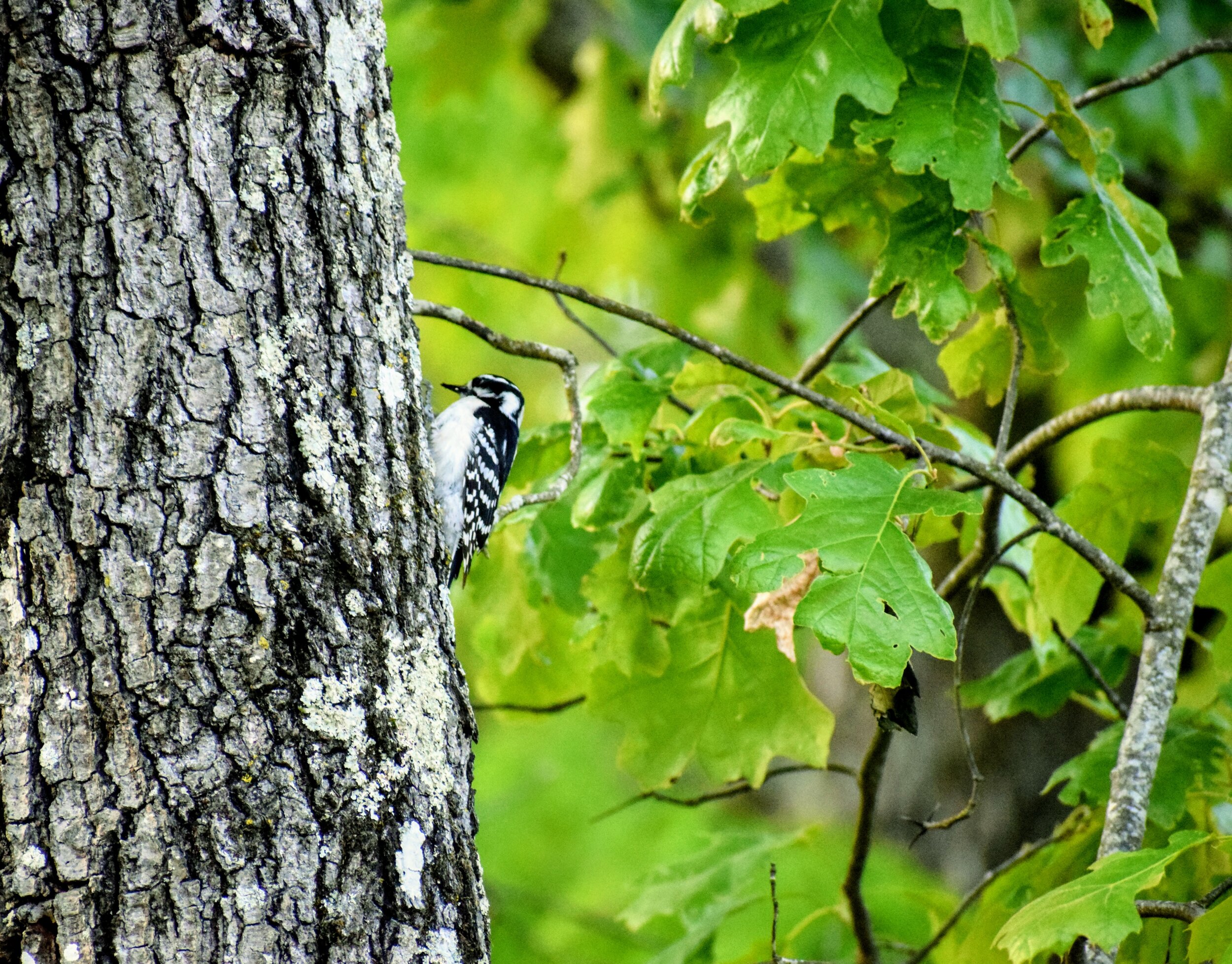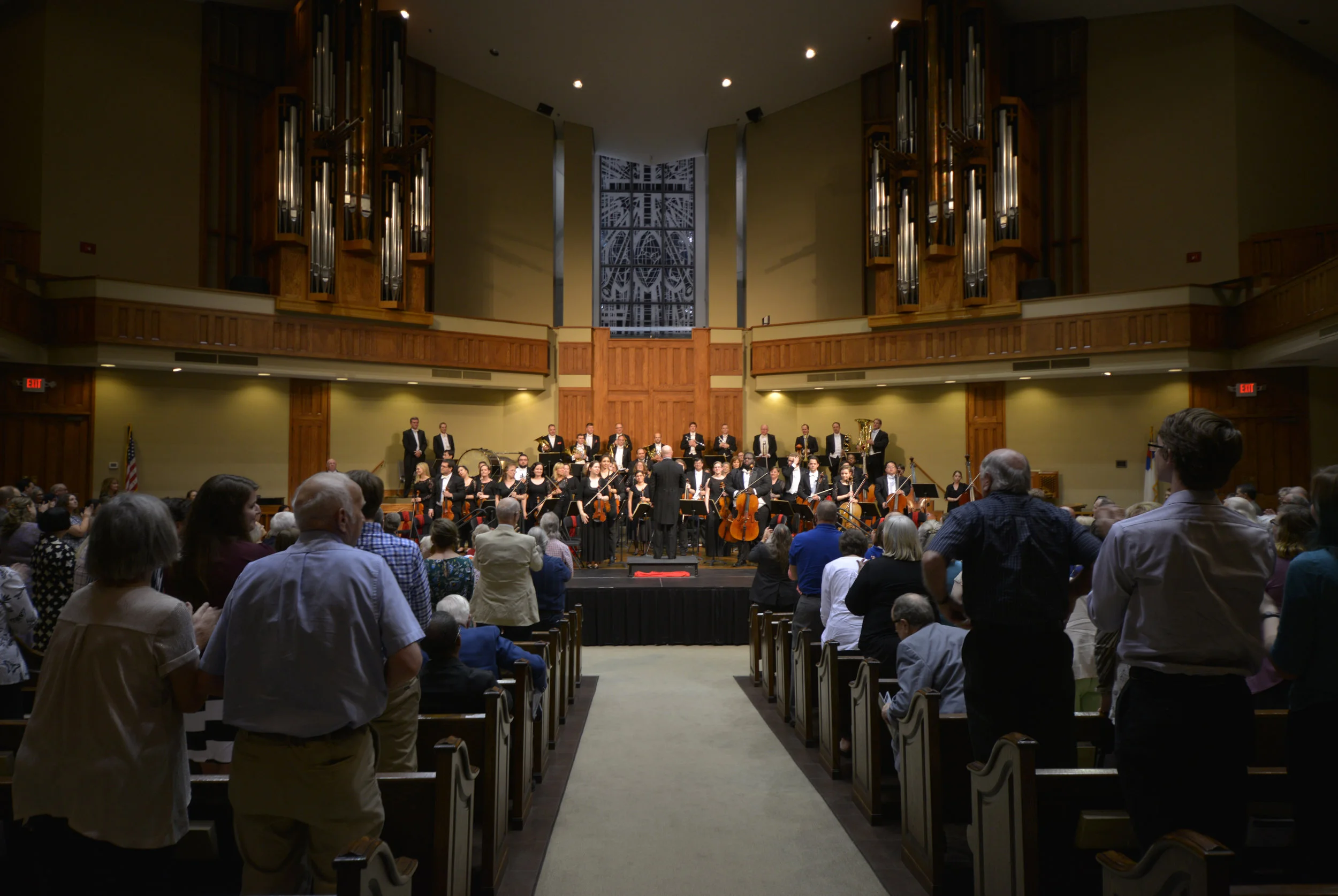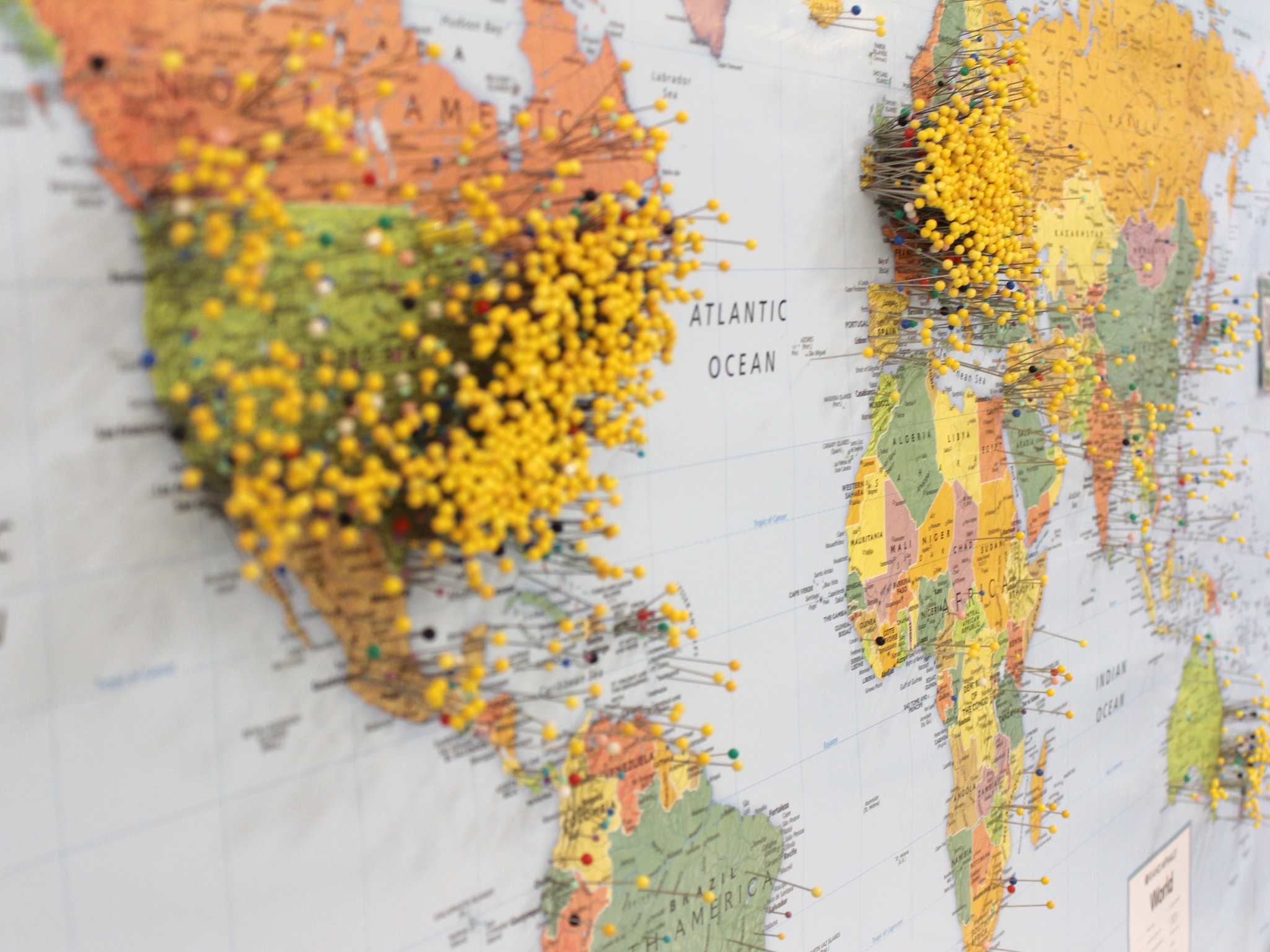Ancient Trails
This piece was originally published in the Summer 2016 issue of Our Jackson Home: The Magazine.
When the white-tailed deer show up in my backyard, it’s like witnessing a direct link to an age almost forgotten. I freeze in my tracks, and I can’t help but think about their unbroken chain of ancestors going back into the ancient past. These animals were here long before any settlers arrived from Europe. They were the hunted long before rifles replaced bows and arrows. They knew these lands when the waters were still clean and the air was still fresh. They knew these lands when there were no cars and no railroads. They were here before horses were brought to this continent from Europe. In their majestic silence, the deer have witnessed footpaths become trails, trails become roads, and roads become interstates. Their resilience is remarkable.
200 years ago, like most of North America, West Tennessee was still pristine wilderness. Though the land had been Chickasaw territory since time immemorial, they did not create permanent settlements here. Instead, they used these lands for hunting. The Chickasaw people were connected closely with the elements and lived close to the land. Because they respected nature and took no more than they needed, both humans and animals thrived in this region. Each year when the leaves began to turn yellow, men came here to hunt for the meats and animal skins their people would need for winter. The rest of the time, these lands belonged to nature. Birds made nests, foxes napped in dens, and deer rested in tall grasses. When it was not hunting season, the animals were free to live as they had since the dawn of time.
The Chickasaws lived close to nature, but they were by no means a primitive people. Law and religion governed them, and they lived in highly developed towns. Each family had a summer home that kept them cool and a winter home that stayed incredibly warm. The women farmed extensively and created a highly developed system called “three sister farming” for growing corn, squash, and beans together in small mounds. They also grew sunflowers and pumpkins. Some of the foods we think of as Southern, such as cornbread, are actually borrowed and adapted from Native American culture.
These were the same people that explorer Hernando DeSoto first encountered in December of 1540. He and his men spent that winter squatting in an abandoned Chickasaw village, but tensions came to a tipping point the following spring when DeSoto demanded that 200 Chickasaw men and young women be handed over. Many Spaniards were killed as a result of those demands, and DeSoto himself barely survived the resulting attack. Afterward, there would be no more encounters between this tribe and the Europeans for over a century.
In the 1700s and 1800s, the Chickasaws began entering into treaties with the United States. The first was called the Treaty of Hopewell, which created boundaries, promised the tribe that Americans would stay off their lands, and swore friendship and perpetual peace between the Chickasaws and the Americans. The next was a treaty signed at the Chickasaw Bluffs (near present-day Memphis) in October of 1801. It gave the Americans permission to build a road called the Natchez Trace through the Chickasaw lands to accommodate wagons.
A decade later, in 1811, a great earthquake shook the land, sending the waters of the Mississippi River flowing backward and creating what is now called Reelfoot Lake in the northern part of West Tennessee. Many natives from various tribes saw this as a sign that the native people needed to return to their ancestral ways and to stop giving away their lands to the endless stream of incoming settlers. The Chickasaws, however, had cooperated with the United States since its founding and refused to join this uprising many tribal leaders were calling for. The Chickasaws did not band with the other tribes as Tecumseh tried to unite them for one last stand against the people who kept taking their lands. Many sources say Tecumseh prophesied that earthquake, speaking in various towns to convince others to join this movement and declaring that when he arrived back at his home in Detroit, he would stomp his foot and cause the ground to shake in Chickasaw territory. On December 11, 1811, the same day as the New Madrid earthquake, he finally arrived in Detroit. Seven years later, Chickasaw would give up claim to all of West Tennessee.
After the Chickasaw signed the treaty of 1818, the document that officially ceded their claims to the lands we now call West Tennessee, the ancient hunting trails were widened to make them easier to travel with wagons and supplies. Settlers, mostly from North Carolina, quickly rushed in to claim these lands, replacing the ancient names of things with new ones. The river that had been called Okeena was given the name Forked Deer; ancient mounds that were built by a native people dating from around the time of Christ were named for a surveyor named Pinson.
The last great Chickasaw war chief was named Tishomingo. He served under Andrew Jackson in the War of 1812 and was the principal signer of the 1818 treaty. When the Indian Removal Act finally resulted in the people being forced out along the Trail of Tears in the 1830s, Tishomingo accompanied his people on the journey. The people were being forced to leave using the same Natchez Trace the 1801 treaty allowed the Americans to build. They were destined for the reservation in Oklahoma 600 miles away, but Chief Tishomingo did not survive the trip. He, like so many others, died of smallpox on the journey that came to be known as the Trail of Tears.
As those events unfolded, the deer silently witnessed the official end of an age. They saw the ancient trails being created by centuries worth of footsteps. They saw them being purposely widened for an influx of settlers and wagons in the 1820s. In the decade that followed, they saw the Chickasaw people being forced off the lands they had always known as home, the lands where they and their ancestors had lived and farmed and hunted for as long as they could remember.
Sometimes it’s easier to pretend that local history officially began when those settlers arrived from the East, dividing up the land into plots and creating new towns and settlements. After all, we don’t hear much about Madison County’s connection to Native American history except in reference to the ancient mound builders at Pinson. Perhaps it’s more comfortable to ignore the prominent role that Andrew Jackson, our city’s namesake, played in the Indian Removal Policy that turned out to be one of the darkest chapters in our nation’s history. But just a decade before Madison County was founded in 1821, these lands were as they had always been in what seems like an unbroken chain, going all the way back into a history long forgotten.
We were not the first civilization to use these lands, but our presence here is surely the most strongly felt. I feel a pang of sadness every time I see a turtle or deer or squirrel that has been hit trying to cross a road. As we progressed, we designed our town and cities and lifestyles with little regard for the needs of other species, so they have needlessly suffered. I’ve caught myself musing that the animals must miss the days when the Chickasaws ruled these lands because they were compassionate toward other species and didn’t engage in needless slaughter. When the Chickasaws hunted, they used every last scrap of the animals they killed, down to the sinews.
When I see deer in my family’s suburban backyard eating the lilies and hostas, I don’t always stop them. I don’t feel like they’re invading my space because I realize how much we’ve encroached upon theirs. As the forests continue to get smaller and smaller, animals are running out of places to go where they are safe from human expansion. This story has been in the making for two centuries now and it continues playing out with each new development project that gets rolled out.
It’s important that we have protected areas where wildlife can go to be mostly safe from humans. Chickasaw State Park, just south of Madison County, is one of those places, and it’s fitting that it was named in honor of the Chickasaw people. I’ve camped there many times, and each time I go, I’m reminded of how easy it is to reconnect with the various elements of nature while walking the earthen trails, sitting by the still water, feeling the wind dance across my skin, and resting beside a campfire after the sun has disappeared in the evening. And truth be told, from the Mississippi River to the Tennessee River, West Tennessee is filled with places where connecting with nature comes, well, naturally.
Angela Woods is passionate about creativity. She especially enjoys using the written word to help others and to effect positive change. She graduated from Jackson State Community College in 2006 and was awarded a PTK scholarship to attend Lambuth University. She was also a recipient of the Tennessee Historical Commission Merit Award. When she's not busy writing, you can usually find her learning something new, gardening, creating mandalas, playing guitar, or riding through Jackson on her bicycle.
Growing up in Honduras, Ecuador, and New Orleans, LA, John Mark Maust has always had a passion for spending time in the wilderness. He is currently an Instructor of Spanish at Lane College in Jackson, TN. When he is able to get away, he loves exploring the outdoors both locally in Tennessee and around the world. For him, photography is a way of sharing the beauty of the natural world. You can follow him on instagram @junglemarkadventure
Header illustration by Katie Howerton.



